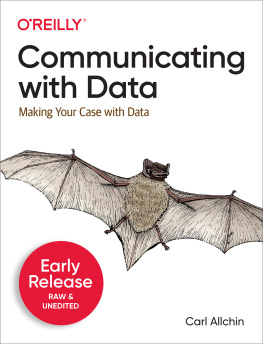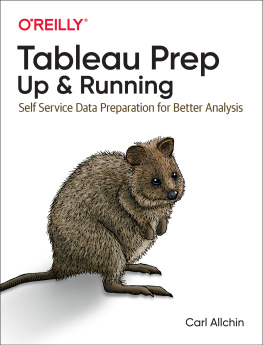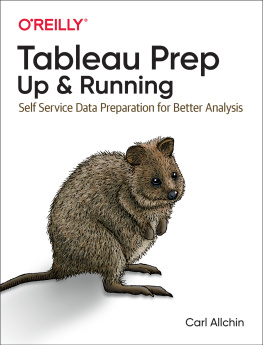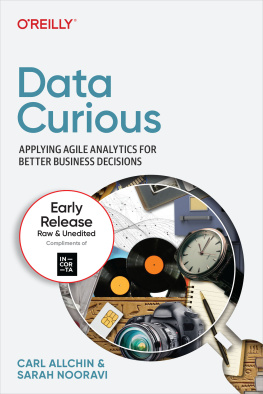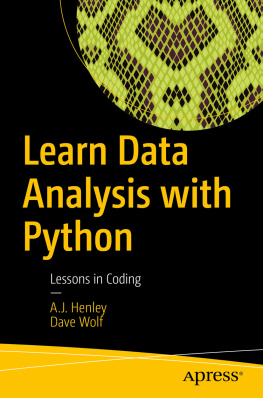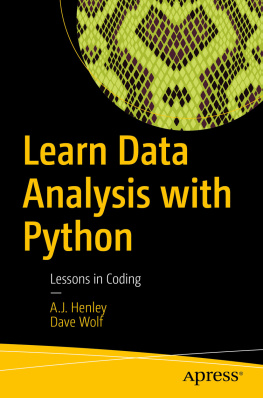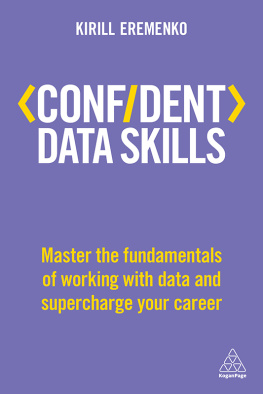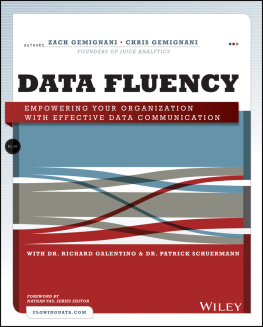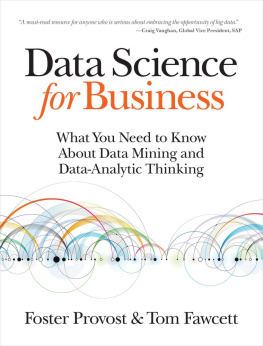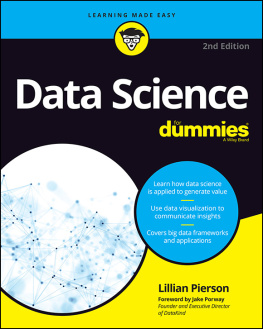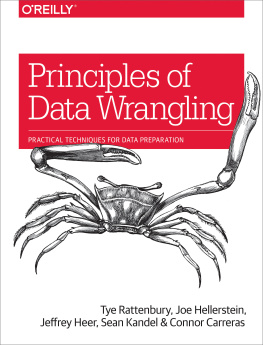Carl Allchin - Communicating with Data: Making Your Case With Data
Here you can read online Carl Allchin - Communicating with Data: Making Your Case With Data full text of the book (entire story) in english for free. Download pdf and epub, get meaning, cover and reviews about this ebook. year: 2021, publisher: OReilly Media, genre: Business. Description of the work, (preface) as well as reviews are available. Best literature library LitArk.com created for fans of good reading and offers a wide selection of genres:
Romance novel
Science fiction
Adventure
Detective
Science
History
Home and family
Prose
Art
Politics
Computer
Non-fiction
Religion
Business
Children
Humor
Choose a favorite category and find really read worthwhile books. Enjoy immersion in the world of imagination, feel the emotions of the characters or learn something new for yourself, make an fascinating discovery.
- Book:Communicating with Data: Making Your Case With Data
- Author:
- Publisher:OReilly Media
- Genre:
- Year:2021
- Rating:4 / 5
- Favourites:Add to favourites
- Your mark:
Communicating with Data: Making Your Case With Data: summary, description and annotation
We offer to read an annotation, description, summary or preface (depends on what the author of the book "Communicating with Data: Making Your Case With Data" wrote himself). If you haven't found the necessary information about the book — write in the comments, we will try to find it.
Data is a fantastic raw resource for powering change in an organization, but all too often the people working in those organizations dont have the necessary skills to communicate with data effectively. With this practical book, subject matter experts will learn ways to develop strong, persuasive points when presenting data to different groups in their organizations.
Author Carl Allchin shows anyone how to find data sources and develop data analytics, and teaches those with more data expertise how to visualize data to convey findings to key business leaders more effectively. Once your business and data experts both possess the skills to work with data and interpret its significance, you can deal with questions and challenges in departments across your organization.
- Learn the fundamental data skills required to work with data
- Use data visualization to influence change in your organization
- Learn how to apply data techniques to effectively work with data end to end
- Understand how to communicate data points clearly and persuasively
- Appreciate why different stakeholders often have divergent needs and views
- Create a playbook for using data with different departments
Carl Allchin: author's other books
Who wrote Communicating with Data: Making Your Case With Data? Find out the surname, the name of the author of the book and a list of all author's works by series.

